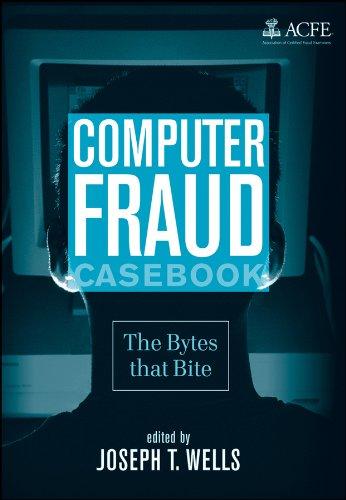Answered step by step
Verified Expert Solution
Question
1 Approved Answer
Consider a fixed effects model: yit=0+1x1it+2x2it+ai+uit. Define the composite error vit=ai+uit, where ai is uncorrelated with uit and the uit have constant variance u2 and

Step by Step Solution
There are 3 Steps involved in it
Step: 1

Get Instant Access to Expert-Tailored Solutions
See step-by-step solutions with expert insights and AI powered tools for academic success
Step: 2

Step: 3

Ace Your Homework with AI
Get the answers you need in no time with our AI-driven, step-by-step assistance
Get Started


